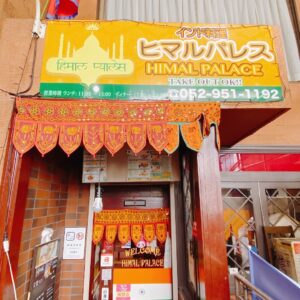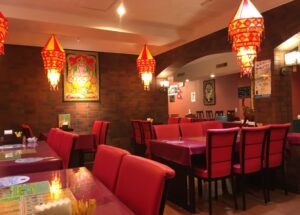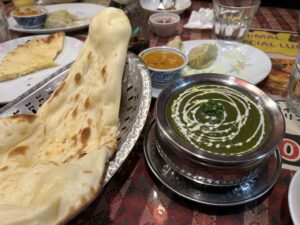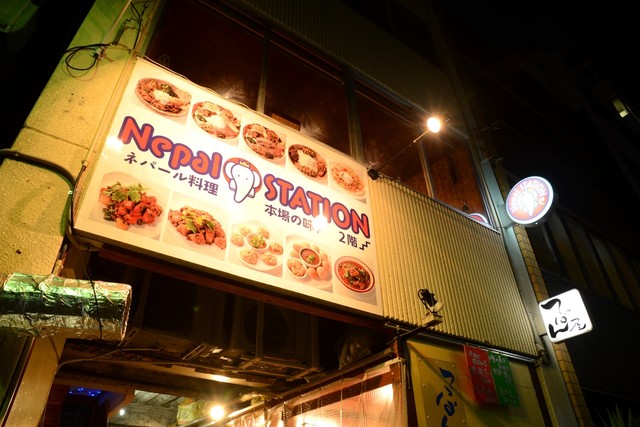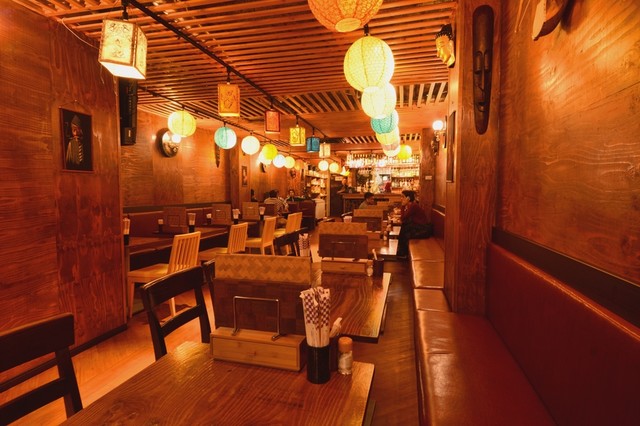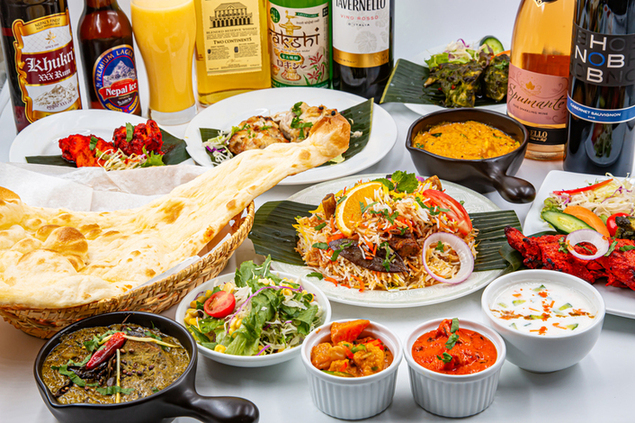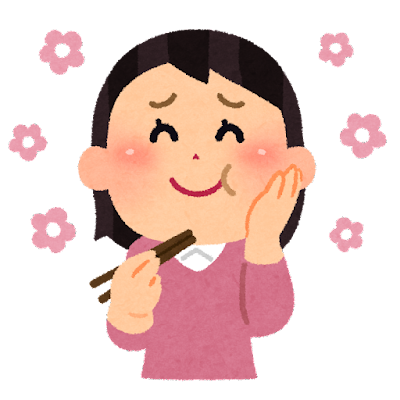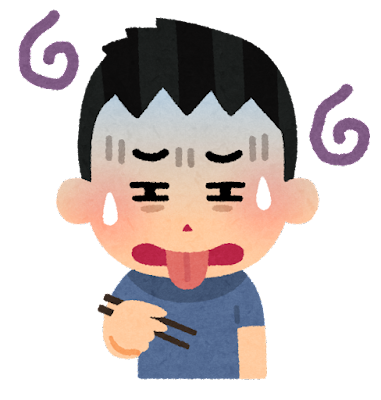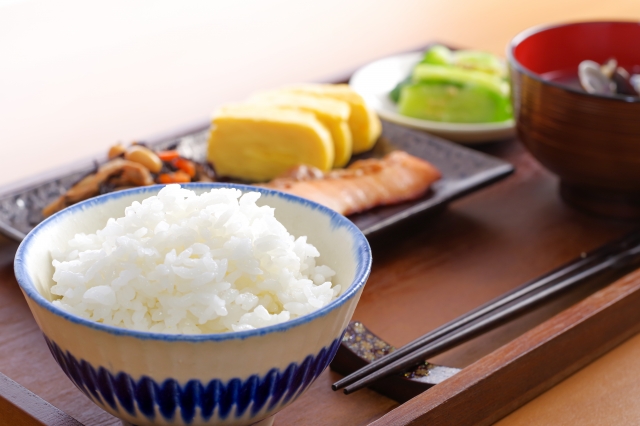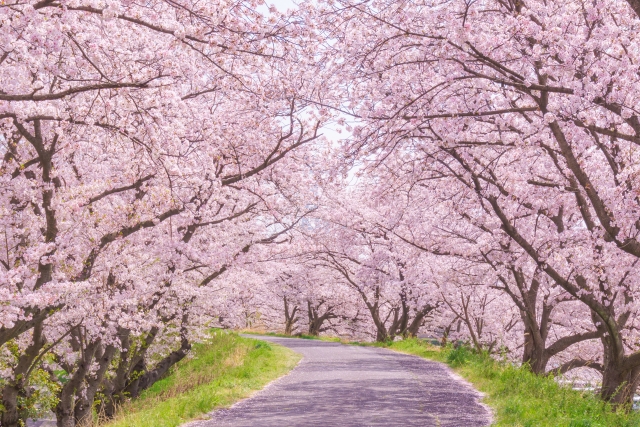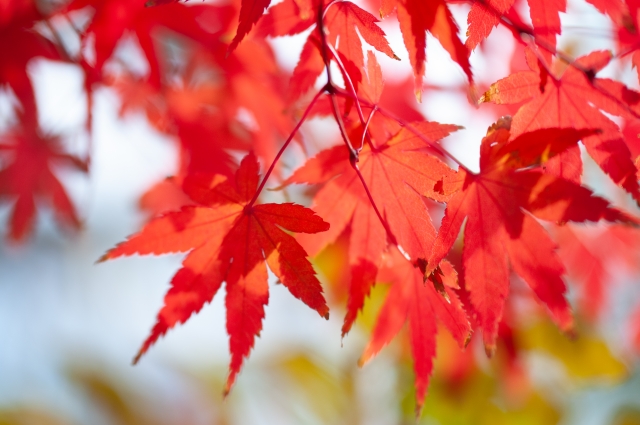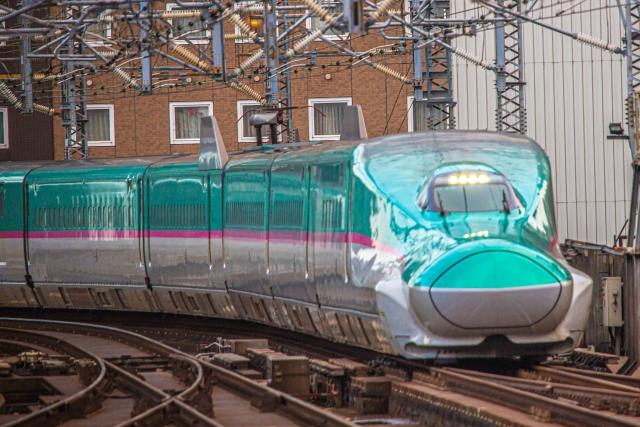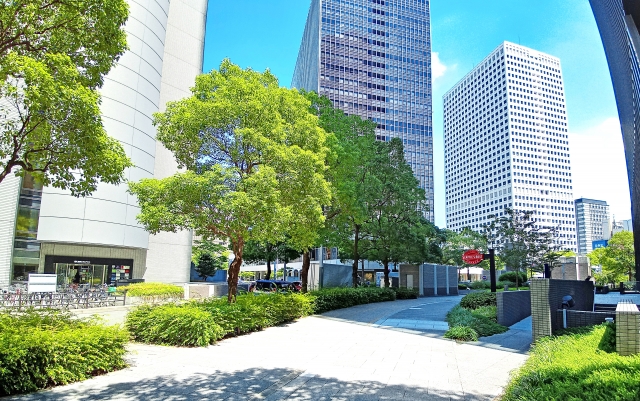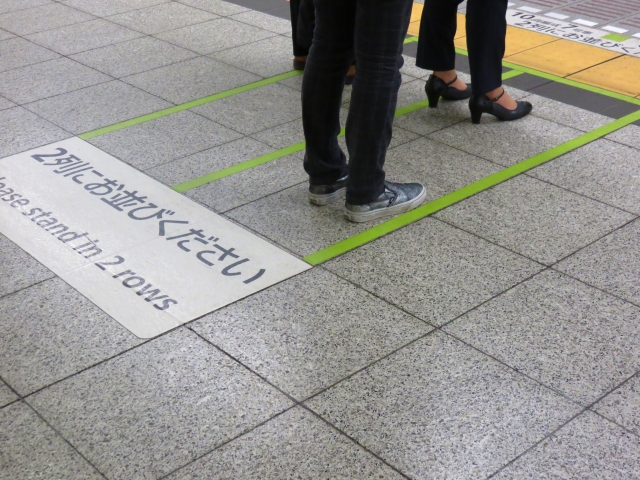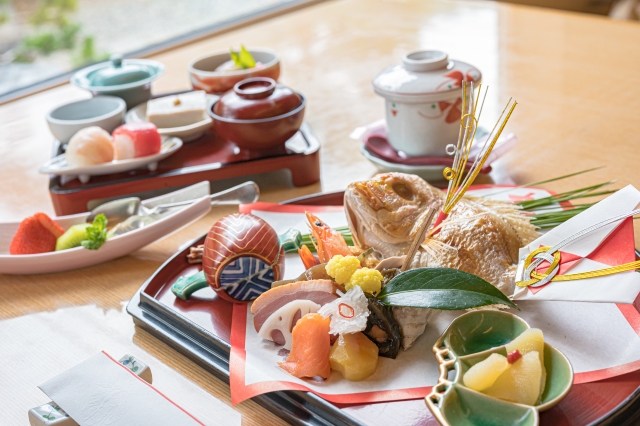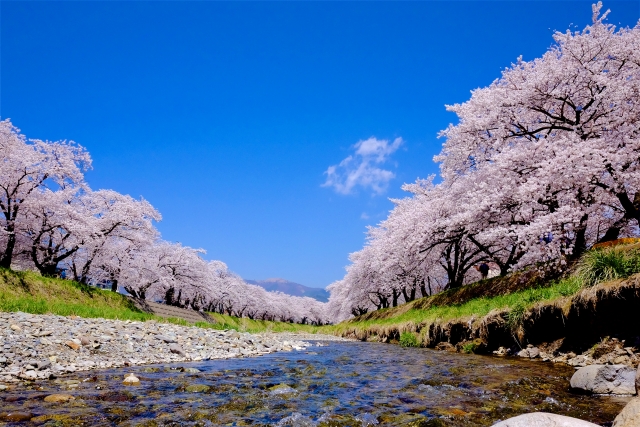Public transportation, including trains, is a very convenient means of transportation in Japan.
However, it is also true that there are many situations where unfamiliar foreigners are confused about how to buy a ticket and the complexity of the boarding area.
By all means, let's master how to use it and lead a comfortable life in Japan.
日本での移動手段として非常に便利な、電車をはじめとする公共交通機関。ですが、切符の買い方や乗り場の複雑さなど、慣れない外国人には困惑してしまう場面が多いのも事実です。
ぜひともその使い方をマスターして、快適な日本での生活を送りましょう。
MENU
・How to use the train 電車の乗り方
・How to use the bus バスの乗り方
How to use the train(電車の乗り方)
Trains and subways are widely used as means of transportation in Japan, but many people may feel that the hurdles to using them are high due to the large number of railway companies and routes that are complicated.
First of all, let's learn how to ride a train, which is a must-know if you live in Japan.
日本での移動手段として浸透している電車や地下鉄ですが、鉄道会社や路線の数が多く複雑なため、利用のハードルが高いと感じる人も多いかもしれません。
まずは、日本に住むならぜひ知っておきたい電車の乗り方を学びましょう。
・How to buy tickets 切符の買い方
・Type of railway company 鉄道会社の種類
・Transfer 乗り換え
・When riding a limited express train or Shinkansen 特急列車や新幹線に乗る場合
How to buy tickets(切符の買い方)
・Purchase at a ticket vending machine(券売機で購入)
Train tickets in Japan are made of paper and are inserted into the ticket gate before and after boarding.
If you want to buy a ticket, use the ticket machine at the station.
First, check the fare to your destination from the fare table posted near the ticket vending machine.
Insert money into the ticket vending machine, press the button for the required number of people and the fare to your destination, and a ticket will come out.
Be careful not to forget your ticket and change.
If you don't know how to purchase a ticket at a ticket vending machine, go to the ticket counter attached to the station and tell them your destination and they will issue you a ticket.
If there is no ticket counter, ask a station staff member at the ticket gate to teach you how to operate the ticket vending machine.
日本の電車の切符は紙製のもので、乗車前と乗車後に改札機に挿入する仕組みとなっています。切符を購入したい場合は、駅の券売機を利用しましょう。
まずは券売機付近に掲示されている運賃表から、目的地までの運賃を確認します。券売機にお金を入れ、必要人数分を表すボタンと目的地までの運賃のボタンを押せば、切符が出てきます。切符とお釣りの取り忘れには注意しましょう。
もし券売機での購入方法がわからない場合は、駅に併設されているチケットカウンターに行けば、行き先を告げてきっぷを発行してもらえます。チケットカウンターがない場合は、改札口で駅員に声をかけ、券売機の操作を教えてもらいましょう。
・Using an IC card(ICカードを利用する)
IC cards are more convenient than paper tickets when boarding trains in Japan.
If you charge your IC card in advance, you can ride the train without using the ticket vending machine every time, and the fare will be calculated automatically when you transfer.
Unless you rarely ride trains, we recommend using an IC card.
IC cards can be used not only for trains, but also for shopping at convenience stores, cafes, supermarkets, drug stores, etc., so it's worth having one.
There are multiple types of IC cards, such as SUICA and PASMO, depending on the region and issuing railway company, but the functions are almost the same.
However, if you want to return the card before returning to your home country, you can only do so at the station of the railway company that issued the IC card. Therefore, it is recommended that you purchase it at the station of the railway company that you use on a daily basis as much as possible.
An IC card is purchased at a ticket vending machine and charged with money for using the train.
Basically, you can charge 1,000 yen, 2,000 yen, 3,000 yen, 5,000 yen, and 10,000 yen each time you charge your IC card, and the upper limit is 20,000 yen.
Charge up the amount you need when you need it at the ticket vending machine at the station.
日本で電車に乗る際には、紙の切符よりもICカードの利用のほうが便利です。ICカードは、事前にチャージしておけば毎回券売機を使用することなく電車に乗れるほか、乗り換え時の運賃の計算も自動でされます。普段ほとんど電車に乗らないという場合を除き、ICカードの利用がおすすめです。
なお、ICカードは電車の利用だけでなく、コンビニやカフェ、スーパーやドラッグストアなどでの買い物にも使えるため、1枚持っておいて損はありません。
ICカードには、SUICAやPASMOなど、地域や発行する鉄道会社により複数の種類がありますが、機能はほとんど変わりません。ただし、母国へ帰国する前などにカードを返却したい場合、そのICカードを発行する鉄道会社の駅でしか対応してもらえないので、なるべく日常的に使う鉄道会社の駅で購入するのがおすすめです。
ICカードは券売機で購入し、電車の利用のためのお金をチャージします。ICカードへのチャージ額は、基本的に1回につき1,000円、2,000円、3,000円、5,000円、10,000円となっており、上限は20,000円です。必要なときに必要な額を、駅の券売機でチャージしましょう。
Type of railway company(鉄道会社の種類)
Japanese railway companies can be broadly divided into two types: the JR Group and private railways.
日本の鉄道会社は、大きく分けてJRグループと私鉄の2種類があります。
・JR
JR Group lines run all over Japan, and various lines are in operation, from local trains to limited express trains and bullet trains.
The Yamanote Line, Sobu Line, and Keihin-Tohoku Line, which run in the suburbs of Tokyo, are also lines operated by JR.
JRグループの路線は日本各地で走っており、普通電車から特急列車、新幹線まで、さまざまな路線が運行されています。東京近郊で走っている、山手線や総武線、京浜東北線などもJRが運行する路線です。
・Private railway 私鉄
"私鉄(shitetsu)" refer to private railway operators.
JR operates a wide range of routes throughout Japan, but private railways are characterized by operating routes that are more closely tied to the region.
The main private railways in Japan are as follows.
私鉄とは、民間の鉄道事業者を指します。JRは日本各地で幅広い路線を展開していますが、私鉄はより地域に密着した路線を運行をしているのが特徴です。全国にある主な私鉄は、以下の通りです。
- 東京地下鉄(東京メトロ)tokyo chikatetsu
- 小田急電鉄 odakyu dentetsu
- 東武鉄道 toubu tetsudou
- 京王電鉄 keiou dentetsu
- 京浜急行電鉄(京急) keihin kyuukou dentetsu
- 西武鉄道 seibu tetsudou
- 京成電鉄 keisei dentetsu
- 名古屋鉄道(名鉄) nagoya tetsudou
- 近畿日本鉄道(近鉄) kinki nihon tetsudou
- 阪急電鉄(阪急) hankyuu dentetsu
- 阪神電気鉄道(阪神) hanshin denki tetsudou
- 南海電気鉄道(南海) nankai denki tetsudou
- 京阪電気鉄道(南海) keihan denki tetsudou
- 西日本鉄道(西鉄) nishi nihon tetsudou
Transfer(乗り換え)
・For the same railway company(同じ鉄道会社の場合)
If you transfer trains of the same railway company, you can basically transfer without going through the ticket gate.
However, depending on the railway company and station, you may pass through the ticket gate at the transfer station.
The fare is basically the price from the departure station to the arrival station.
When purchasing tickets, there is no need to purchase separate tickets for the departure station - transfer station and transfer station - arrival station. You only need one ticket for the arrival station.
In the case of IC cards, the fare is calculated automatically just by tapping it at the ticket gate, so even beginners can easily change trains.
同じ鉄道会社の電車を乗り継ぐ場合、基本的に改札を通らずに乗り換えが可能です。
ただし、鉄道会社や駅によっては乗り換え駅で改札を通ることもあります。
運賃は、基本的に出発駅から到着駅まで通しの値段となります。きっぷを購入する場合は、出発駅〜乗り継ぎ駅、乗り継ぎ駅〜到着駅と2つの区間に分けて購入する必要はなく、到着駅まで1枚のきっぷだけで済みます。ICカードの場合は、改札口でタッチするだけで運賃は自動で計算されるため、初心者でも乗り換えが簡単なのが特徴です。
・For different railway companies(異なる鉄道会社の場合)
When transferring to trains operated by different railway companies, such as JR to Tokyo Metro, Keio Line to Tokyu Line, etc., it is common to exit the ticket gates once before transferring.
We recommend using an IC card when transferring between different railway companies.
This is because the fare system is different for each railway company, and there are cases where discounts are applied when connecting to other companies' lines, making fare calculations complicated.
If you use an IC card, such a complicated fare system will be automatically calculated when you pass through the ticket gate, making it easier to change trains.
JRから東京メトロ、京王線から東急線など、異なる鉄道会社が運行する電車に乗り換える場合は、一度改札を出て乗り換えるのが一般的です。
異なる鉄道会社間で乗り換えるルートの場合は、ICカードの利用をおすすめします。なぜなら、運賃のシステムは鉄道会社ごとに異なるほか、他社線の乗り継ぎに割引が適用されるケースもあり、運賃計算が複雑なためです。ICカードを使用すれば、このような複雑な運賃システムも改札を通る際に自動で計算されるため、より簡単に乗り換えが可能です。
When riding a limited express train or Shinkansen(特急列車や新幹線に乗る場合)
In Japan, there are regular trains that you can ride with just the fare, and limited express trains and bullet trains that require additional charges for limited express and reserved seats.
日本には、運賃だけで乗れる普通列車と、運賃に加え特急料金や指定席料金が必要な特急列車や新幹線などがあります。
・Limited express train 特急列車(tokkyuu ressya)
If you want to ride a limited express train, you need to purchase a "limited express ticket「特急券(tokkyuu ken)」" separately from the "train ticket「乗車券(jousya ken)」".
There is a special ticket vending machine, so let's buy it there.
In addition, there are many cases where specifications differ depending on the railway company, such as the limited express trains of Nagoya Railroad, which can be used without additional charges for non-reserved seats, so it would be a good idea to check in advance.
特急列車に乗る場合、「乗車券」とは別に「特急券」を購入する必要があります。専用の券売機があるので、そこで購入しましょう。
また、名古屋鉄道の特急は自由席であれば追加料金なしで乗れるなど、鉄道会社によって仕様が異なる場合も多いので、事前に調べておくといいでしょう。
・Bullet train 新幹線(shinkansen)
Again, you need to purchase both a "train ticket(乗車券)" and a "limited express ticket(特急券)".
Please use a dedicated window or ticket vending machine.
Normally, one "train ticket" and one "limited express ticket" are issued, but in some cases only one ticket is issued.
Also, if you are transferring to multiple Shinkansen trains, you will need a limited express ticket for the number of times you take the limited express train.
こちらも「乗車券」と「特急券」の、両方を購入する必要があります。専用の窓口か券売機を利用しましょう。通常、「乗車券」と「特急券」は各1枚ずつ発行されますが、場合によっては1枚で発券されることもあります。また、複数の新幹線を乗り継ぐ場合は、特急列車に乗る回数分の特急券が必要です。
page 2 「How to use the bus バスの乗り方」↓
